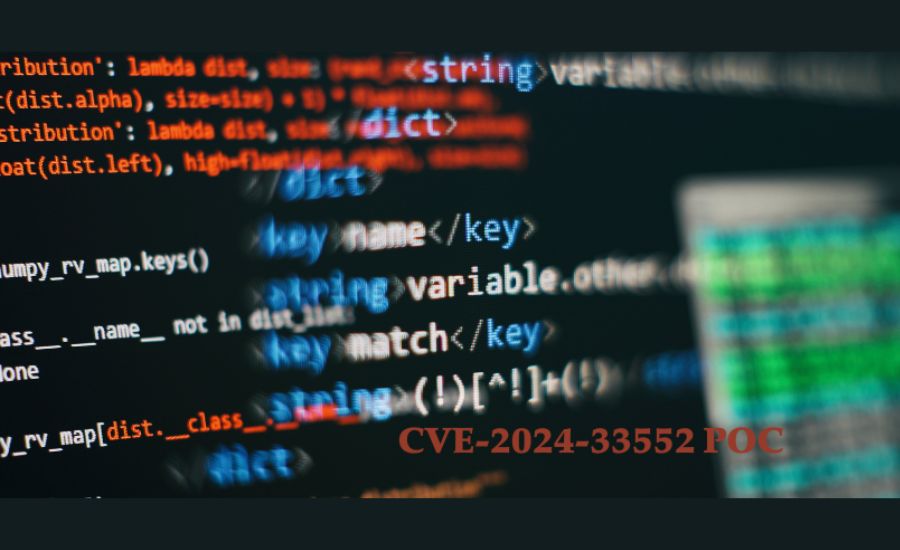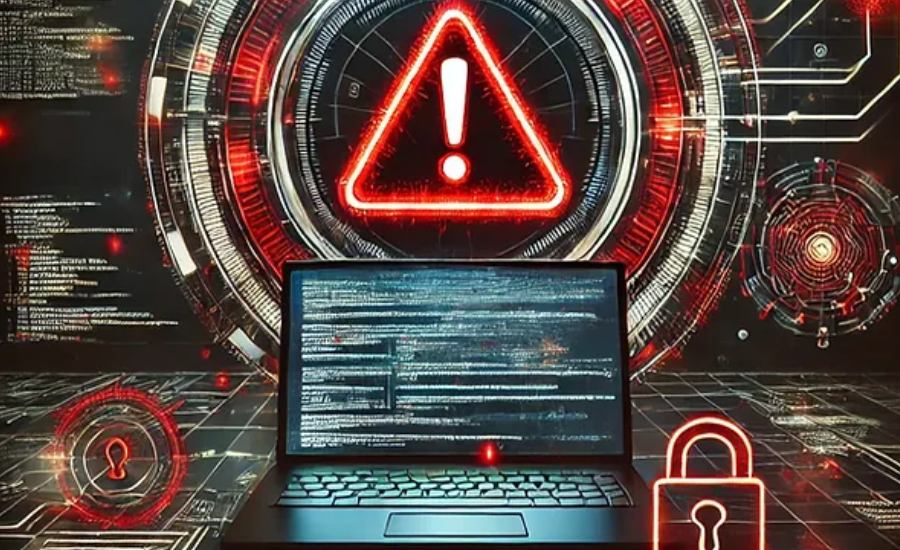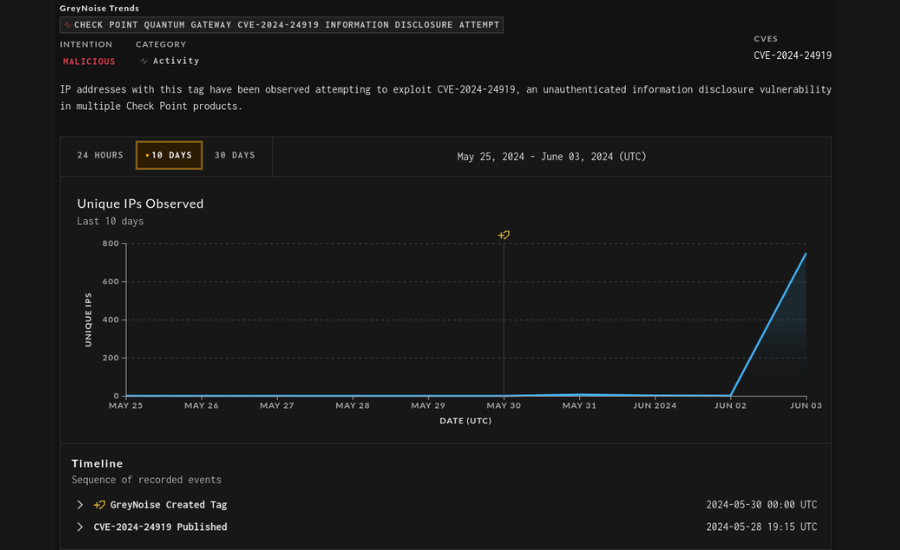CVE-2024-33552 POC: Understanding the Vulnerability and Its Security Implications
Cybersecurity is an ever-evolving domain, with new vulnerabilities emerging regularly, creating a dynamic and often unpredictable threat landscape. One such vulnerability that has recently captured significant attention is CVE-2024-33552 POC. This vulnerability presents critical risks for organizations that use certain affected software, and its discovery has spurred conversations about the importance of proactive security measures. In this article, we will delve into the details of CVE-2024-33552, discuss its security implications, and highlight the role of CVE-2024-33552 POC (Proof of Concept) code in assessing and mitigating the risks associated with this flaw.
What is CVE-2024-33552 and Why is it a Threat?
CVE-2024-33552 refers to a critical vulnerability identified in specific software or hardware configurations, which poses a significant security risk. This flaw has raised alarms because it can be exploited by cybercriminals to achieve unauthorized access, steal sensitive data, or even execute arbitrary code remotely on vulnerable systems. Cataloged under the Common Vulnerabilities and Exposures (CVE) system, CVE-2024-33552 has been marked as a high-priority issue for IT professionals and cybersecurity teams worldwide.
The CVE-2024-33552 POC serves as a demonstration tool that illustrates how attackers could exploit this vulnerability in real-world scenarios. Understanding both the technical nature of this flaw and its potential to be leveraged by malicious actors is essential for developing effective countermeasures. Organizations using affected software versions should urgently assess their exposure to CVE-2024-33552 and take appropriate action to mitigate its risks.

Delving Into the Technical Details of CVE-2024-33552
The root cause of CVE-2024-33552 stems from a specific flaw in the way certain software or systems handle input, memory, or code execution. This flaw may involve improper input validation, buffer overflows, or issues in system configuration that allow attackers to execute malicious code. Once exploited, CVE-2024-33552 could enable cybercriminals to gain control of affected systems, exfiltrate sensitive information, or disrupt operations.
The CVE-2024-33552 POC is invaluable in helping security researchers understand the precise mechanisms behind the exploit. By analyzing CVE-2024-33552 POC code, professionals can better comprehend how the vulnerability operates and refine their detection and response strategies. It allows them to simulate the attack in a controlled environment, examining the different stages of exploitation and testing security defenses.
For organizations that have yet to patch CVE-2024-33552, the flaw remains a critical risk. The complexity of the vulnerability, combined with the broad range of affected systems, makes it a highly attractive target for cybercriminals. By leveraging CVE-2024-33552 POC, organizations can improve their understanding of the exploit and prioritize patching efforts.
The Security Impact of CVE-2024-33552: Risks to Organizations
The potential security impact of CVE-2024-33552 cannot be overstated. Organizations that fail to address this vulnerability face the risk of significant breaches, including data leaks, system hijacking, and complete operational disruption. For businesses in sensitive industries like finance, healthcare, or government, the consequences of such breaches can extend beyond financial losses to include legal penalties and irreparable reputational damage.
CVE-2024-33552 is especially dangerous for high-value targets, including critical infrastructure systems, where the compromised software is integral to daily operations. The ability of an attacker to remotely exploit this vulnerability opens the door for widespread, stealthy attacks. As part of a proactive security strategy, it is imperative to monitor for any signs of exploitation of CVE-2024-33552.
Given the high stakes involved, the analysis of CVE-2024-33552 POC is vital. Security teams can simulate an attack using CVE-2024-33552 POC to evaluate how such an attack could unfold and pinpoint areas where their defenses are weakest.
What is a Proof of Concept (PoC) and How Does it Relate to CVE-2024-33552?
A Proof of Concept (PoC) is a tool used in cybersecurity to demonstrate the practical feasibility of exploiting a vulnerability. The CVE-2024-33552 POC provides researchers with a working example of how the vulnerability could be triggered and exploited in real-world settings. While CVE-2024-33552 POC is intended primarily for research and educational purposes, it plays a critical role in the development of effective countermeasures, security patches, and improved detection techniques.
By studying the CVE-2024-33552 POC, security professionals gain a deeper understanding of the potential attack vectors and exploitation techniques associated with this vulnerability. Additionally, CVE-2024-33552 POC helps identify the stages of an exploit, enabling cybersecurity teams to develop comprehensive strategies for prevention, detection, and response.
The CVE-2024-33552 POC serves as a vital resource in understanding the full range of attack scenarios that could arise from this vulnerability. By leveraging the PoC, organizations can better anticipate and defend against the various methods an attacker might use to exploit CVE-2024-33552.

Analyzing the PoC for CVE-2024-33552: How It Helps in Vulnerability Assessment
The process of analyzing CVE-2024-33552 POC involves closely reviewing the exploit scripts, payloads, and tools included in the PoC to understand how the vulnerability can be triggered. By testing the CVE-2024-33552 POC in a controlled, isolated environment, cybersecurity teams can simulate real-world attack conditions and identify weak spots in their defenses.
Through the careful analysis of CVE-2024-33552 POC, security professionals can evaluate the effectiveness of existing security measures, validate patching efforts, and identify any new mitigation strategies. The goal is to gain a clear understanding of how CVE-2024-33552 operates in practice, so that defenses can be improved, and future exploits can be prevented.
How to Mitigate CVE-2024-33552: Immediate and Long-Term Security Actions
Immediate Actions to Address CVE-2024-33552
To mitigate the risk associated with CVE-2024-33552, organizations should immediately implement the following actions:
- Patch Affected Systems: Ensure all vulnerable software and systems are updated to the latest patched version provided by the software vendor. Patching is the most effective way to close the security gap caused by CVE-2024-33552.
- Deploy Temporary Fixes: In cases where patches are not yet available, consider implementing workarounds or applying additional security layers to reduce exposure to CVE-2024-33552.
- Monitor for Indicators of Compromise: Regularly scan systems and networks for signs of exploitation, especially in environments known to be high-value targets for attackers.
Long-Term Strategies for Preventing CVE-2024-33552 Exploitation
In addition to immediate patching, long-term security measures should be implemented to protect against CVE-2024-33552 and similar vulnerabilities:
- Routine Software Updates: Develop and maintain a robust software update schedule to ensure all systems are regularly patched and kept secure.
- Proactive Vulnerability Management: Implement a comprehensive vulnerability management program that involves frequent vulnerability scans, risk assessments, and proactive patching strategies.
- Ongoing Security Awareness: Foster a culture of cybersecurity awareness across the organization. Regularly train employees to recognize potential threats, including those associated with CVE-2024-33552, and ensure they are prepared to respond appropriately to incidents.

The Role of CVE-2024-33552 PoC in Enhancing Cybersecurity Measures
The CVE-2024-33552 POC is an invaluable asset in improving overall cybersecurity defenses. It provides security teams with a tangible demonstration of how the vulnerability works and how it can be exploited. By utilizing CVE-2024-33552 POC, cybersecurity professionals can conduct focused security testing, improve their detection capabilities, and enhance their ability to prevent similar vulnerabilities from being exploited in the future.
The detailed analysis of CVE-2024-33552 POC also helps identify areas for improvement in software design, code security, and system configuration. This comprehensive understanding allows organizations to implement more effective security controls, reducing their overall risk exposure to vulnerabilities like CVE-2024-33552.
Through the integration of CVE-2024-33552 POC into regular security audits, teams can strengthen their defenses and ensure that their systems remain resilient against a wide range of cyber threats.
FAQs on CVE-2024-33552 POC
Q: What is CVE-2024-33552?
A: CVE-2024-33552 is a critical vulnerability discovered in specific software or hardware configurations. It poses a significant security risk by allowing cybercriminals to gain unauthorized access to systems, execute arbitrary code, or steal sensitive data.
Q: Why is CVE-2024-33552 a Threat?
A: This vulnerability is dangerous because it can be exploited remotely, allowing attackers to control affected systems without physical access. It poses a risk to organizations of all sizes, particularly those in sensitive sectors like finance, healthcare, and government.
Q: What is a Proof of Concept (PoC)?
A: A Proof of Concept (PoC) is a demonstration tool used to illustrate how a vulnerability can be exploited in real-world settings. The CVE-2024-33552 PoC provides security researchers with a working example of the exploit, enabling them to better understand the flaw and develop countermeasures.
Q: How does CVE-2024-33552 POC help in security testing?
A: The CVE-2024-33552 PoC allows cybersecurity teams to simulate the exploit in a controlled environment. This helps them identify weaknesses in their defenses, validate patches, and refine their security measures to prevent exploitation.
Q: What are the immediate actions to mitigate CVE-2024-33552?
A: To mitigate the risk, organizations should immediately patch affected systems, deploy temporary security measures if patches are unavailable, and continuously monitor for signs of exploitation.
Q: What long-term strategies can organizations adopt to protect against CVE-2024-33552?
A: Long-term strategies include maintaining routine software updates, implementing a proactive vulnerability management program, and fostering ongoing security awareness across the organization to stay ahead of emerging threats.
Conclusion
CVE-2024-33552 is a critical security vulnerability that poses significant risks to specific software and hardware systems, potentially allowing cybercriminals to exploit it remotely. By leveraging the CVE-2024-33552 Proof of Concept (PoC), security researchers and IT professionals can gain insights into the flaw’s exploit mechanisms and develop effective mitigation strategies. The PoC serves as an essential tool for simulating attacks and testing defenses, which is vital for refining detection capabilities and patching strategies. To mitigate the risks, organizations should prioritize patching affected systems, deploying temporary security fixes, and implementing long-term strategies such as regular software updates, vulnerability management, and security awareness training. By incorporating PoC analysis into security audits, businesses can enhance their defenses and reduce the likelihood of exploitation, ensuring a stronger cybersecurity posture.
Read Next: ir2m00







